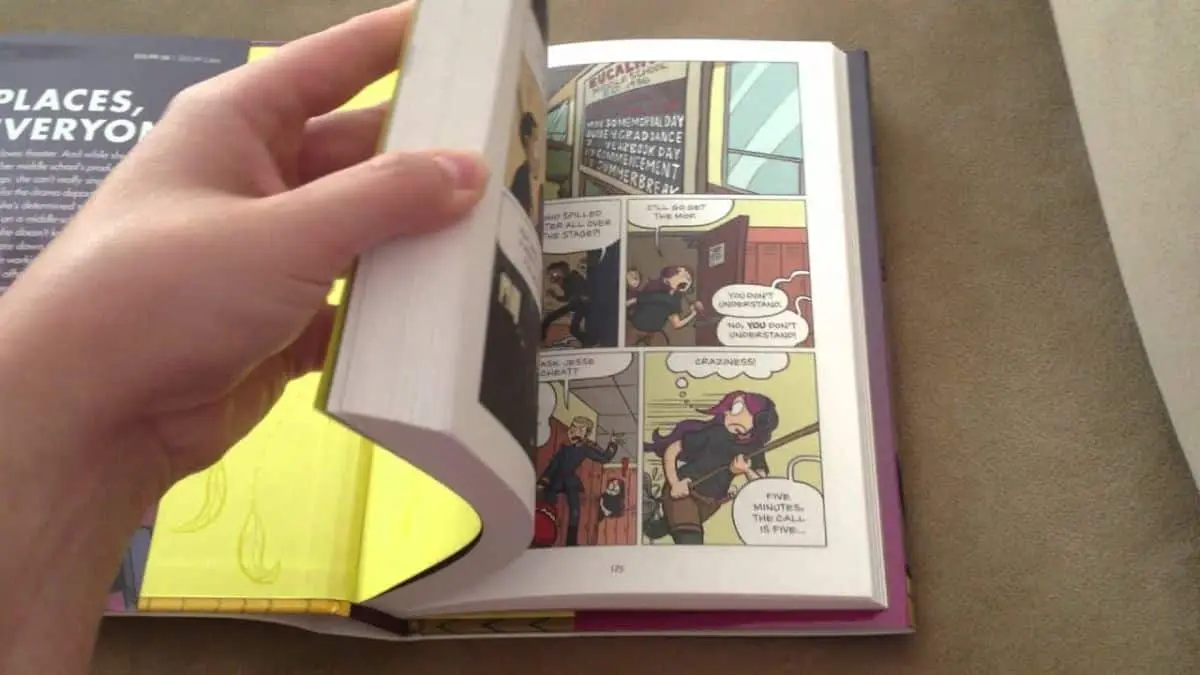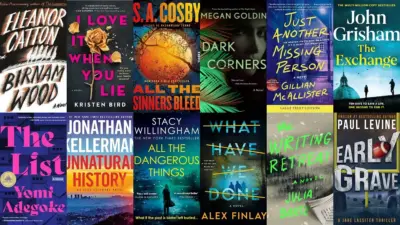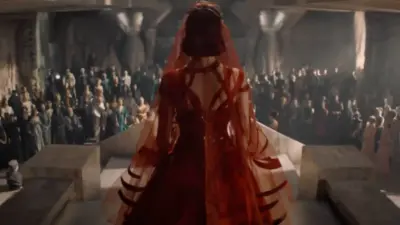Graphic novels have become a prominent medium in the world of storytelling, blending art and literature to create captivating narratives. Whether you’re a budding artist, a writer, or simply a fan, understanding the intricate process of creating a graphic novel can deepen your appreciation for this unique art form. This guide on “How Graphic Novels are Made” will take you through the detailed steps involved in bringing a graphic novel to life.
How Graphic Novels are Made
1. Concept and Story Development
The first step in creating a graphic novel is developing a concept and story. This stage involves brainstorming ideas, outlining the plot, and defining the themes you want to explore.
a. Idea Generation
Every graphic novel begins with an idea. This could be inspired by personal experiences, current events, or pure imagination. The key is to choose a concept that resonates with you and has the potential to engage readers.
b. Plot Outline
Once you have a solid idea, outline your plot. This should include the main events of the story, character arcs, and key turning points. An outline helps in structuring your story and ensures that it flows logically from beginning to end.
c. Character Development
Characters are the heart of any story. Develop detailed profiles for your main characters, including their backgrounds, motivations, and relationships. Well-developed characters make your story more relatable and compelling.
2. Script Writing
With your plot and characters in place, the next step is writing the script. A graphic novel script includes dialogue, scene descriptions, and panel breakdowns.
a. Dialogue
Write dialogue that is natural and suits your characters. Unlike traditional novels, graphic novels rely heavily on dialogue to convey the story, so make sure it is engaging and true to the characters’ voices.
b. Scene Descriptions
Describe each scene in detail, including the setting, actions, and emotions of the characters. This helps the artist visualize the scenes and understand the tone you want to convey.
c. Panel Breakdown
Divide your script into panels. Each panel represents a moment in the story, and breaking down the script into panels helps in pacing the story and guiding the artist on how to layout the pages.
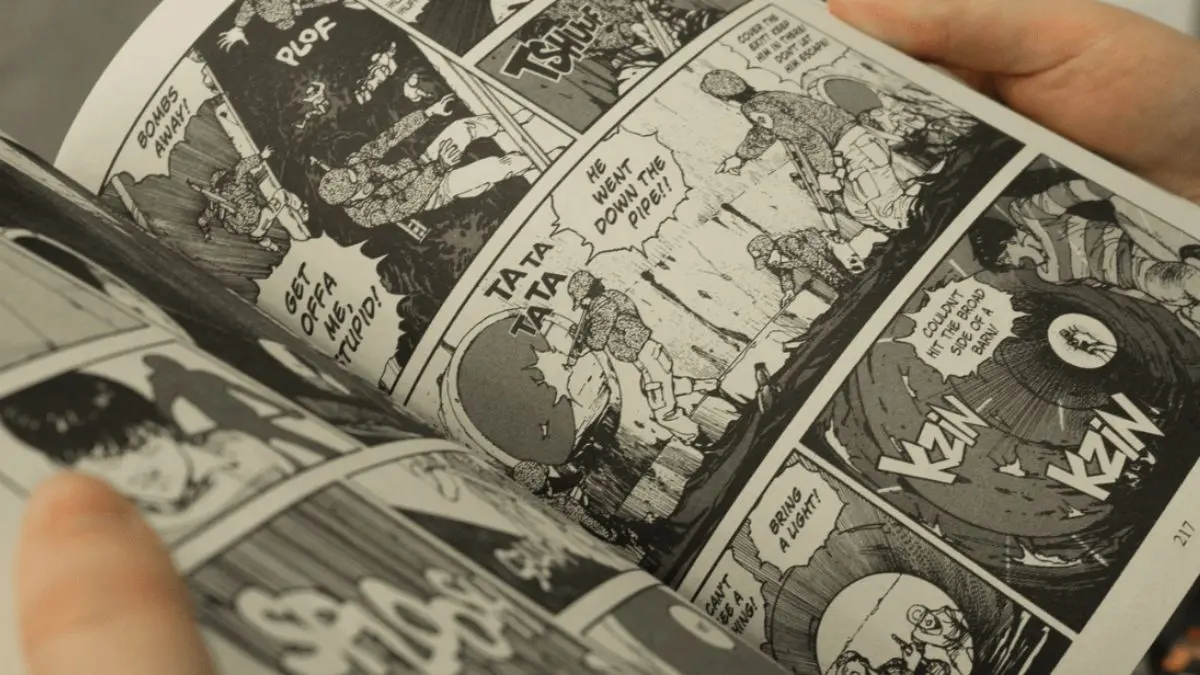
3. Storyboarding
Storyboarding is the process of creating rough sketches of each page and panel. This step is crucial in visualizing the flow of the story and making adjustments before the final artwork begins.
a. Thumbnails
Create thumbnail sketches of each page. These small, rough drawings give a quick overview of the page layout and help in planning the composition and pacing.
b. Panel Composition
Focus on the composition of each panel. Consider the placement of characters, the background, and the action to ensure that each panel effectively conveys the story.
4. Artwork Creation
The artwork is the most visually striking part of a graphic novel. This stage involves several steps, including penciling, inking, coloring, and lettering.
a. Penciling
The artist creates detailed pencil drawings of each panel based on the storyboard. This stage focuses on refining the composition, adding details, and ensuring that the visuals align with the script.
b. Inking
Inking involves going over the pencil drawings with ink to create clean, crisp lines. This step adds depth and clarity to the artwork, making it ready for coloring.
c. Coloring
Coloring brings the artwork to life. The colorist adds colors to the inked drawings, considering the mood, lighting, and atmosphere of each scene. This step can significantly enhance the emotional impact of the story.
d. Lettering
Lettering is the process of adding text to the graphic novel, including dialogue, narration, and sound effects. Good lettering is essential for readability and can enhance the overall aesthetic of the graphic novel.
5. Editing and Revisions
Editing and revisions are crucial to ensure that the graphic novel is polished and free of errors.
a. Proofreading
Proofread the script and dialogue for spelling, grammar, and punctuation errors. Even minor mistakes can distract readers and detract from the story.
b. Artistic Revisions
Review the artwork for consistency, clarity, and visual appeal. Make necessary adjustments to ensure that the artwork aligns with the story and enhances the narrative.
c. Feedback
Seek feedback from editors, peers, or a focus group. Fresh perspectives can highlight areas for improvement that you might have missed.
6. Publishing
Once the graphic novel is complete, the next step is publishing. This can be done through traditional publishers or self-publishing platforms.
a. Traditional Publishing
Submit your graphic novel to publishers who specialize in graphic novels and comics. This route often provides professional editing, marketing, and distribution services.
b. Self-Publishing
Self-publishing allows for more creative control and a higher percentage of profits. Platforms like Amazon Kindle Direct Publishing, ComiXology, and independent presses can help you publish and distribute your graphic novel.
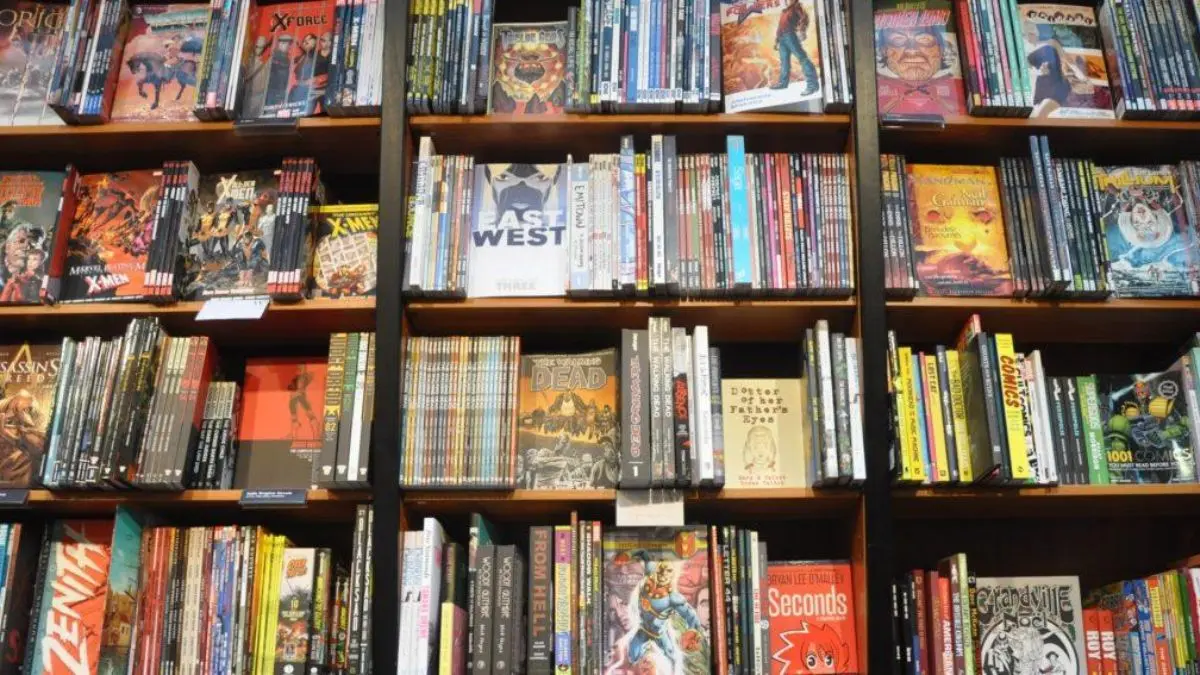
7. Marketing and Promotion
Marketing and promotion are essential to reach your target audience and generate interest in your graphic novel.
a. Social Media
Utilize social media platforms to build a following and engage with potential readers. Share behind-the-scenes content, teasers, and updates to create buzz around your graphic novel.
b. Conventions and Events
Attend comic conventions and literary events to showcase your graphic novel. These events provide opportunities to network with other creators, publishers, and fans.
c. Reviews and Press
Seek reviews from bloggers, influencers, and online publications that focus on graphic novels and comics. Positive reviews can boost your credibility and attract more readers.
8. Continuing the Journey
Creating a graphic novel is a significant achievement, but it’s just the beginning. Continuously improving your craft, exploring new ideas, and engaging with your audience will help you grow as a creator.
a. Learning and Growing
Keep learning about storytelling, art, and the graphic novel industry. Attend workshops, read extensively, and stay updated on industry trends.
b. Building a Community
Build a community of readers and fellow creators. Engage with your audience, collaborate with other artists and writers, and contribute to the graphic novel community.
Also Read: How Library Management System Works?
